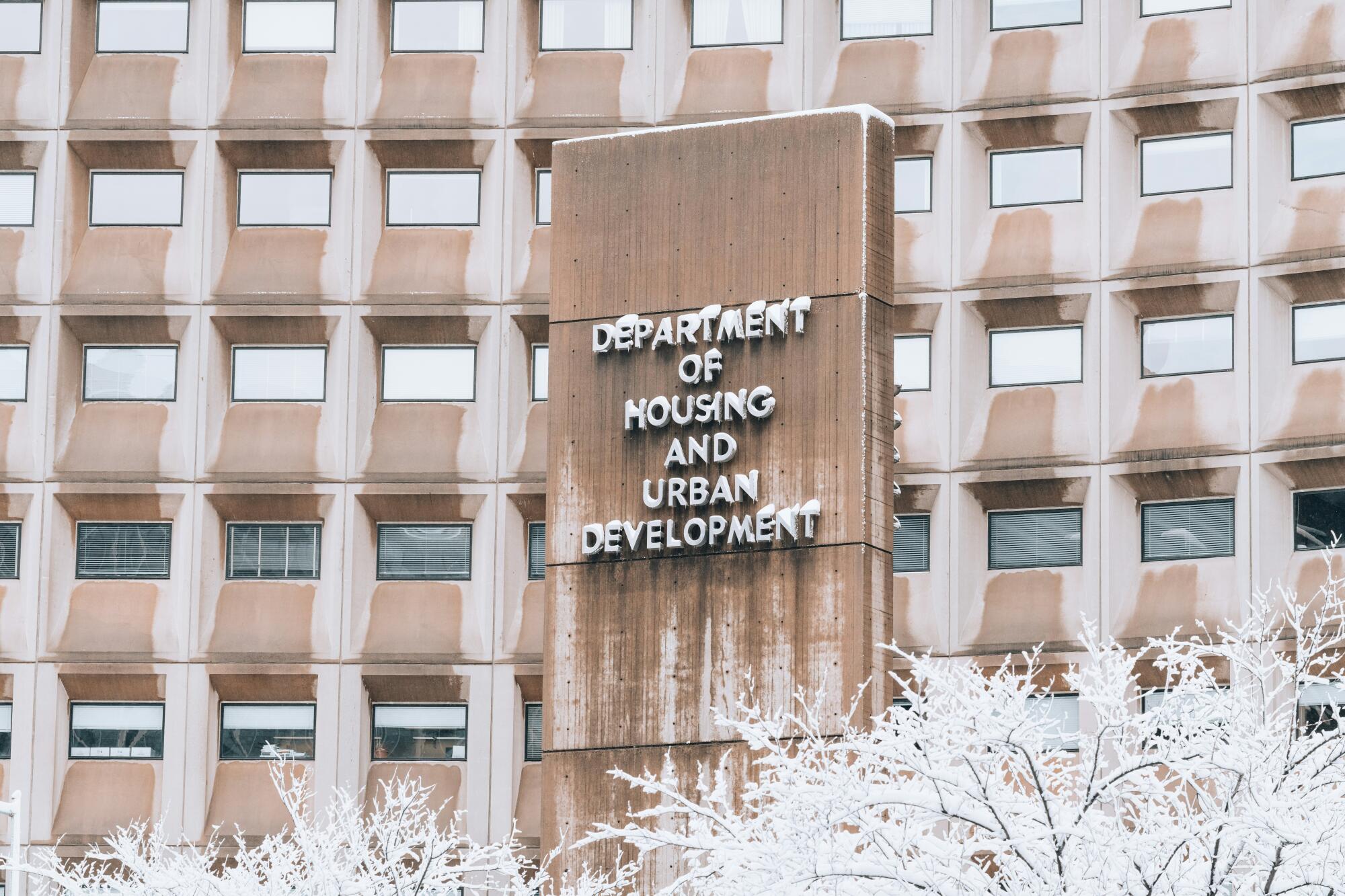Between 2 and 2.1 million households throughout the United States receive Section 8 housing assistance, but millions are on the waiting lists. Landlords can help by making their units available for Section 8 renters, which also comes with unique benefits for landlords.
As a landlord, you'll never go a month without receiving (at least some) rent. Tenant screening is done for you, and the Section 8 process helps you develop a reasonable rate. Learn more about how the Department of Housing and Urban Development (HUD) determines a reasonable rate and other critical Section 8 facts.
The Fair Market Rent Equation
HUD starts the ball rolling with a county's fair market rent. This happens at a federal level, and the government publishes the fair market rent figure for over 2,500 individual counties every year.
They survey the monthly rental for almost every rental unit in that county. This gives them a spectrum of values (from the cheapest units to the most expensive).
In most cases, the value in the 40th percentile is HUD's fair market rent number (in exceptional cases, they use the 50th percentile). This means that 40% of rental units in the area are cheaper than that amount, while 60% are more expensive (or 50-50 for the exceptions).
The PHA's Final Determination
Next, the local Public Housing Authority (PHA) uses the fair market figure as a starting point and considers extra factors. Some factors include the length of their Section 8 waiting list, the number of bedrooms that Section 8 units may have, and other factors affecting property values.
The final number they come up with is called the payment standard and is usually between 90 and 110% of the Fair Market Rent value. This payment standard is what the PHA is willing to pay for a rental unit. Places with more bedrooms will have a higher payment standard.
All this means that your rent will probably be considered reasonable if it's equal to (or slightly higher than) the area's fair market rent. We say "slightly higher than" because the PHA and the tenants contribute to the rent.
How Section 8 Vouchers Work
People who desire public housing assistance must first apply to get on the Section 8 waiting list. This application considers income (low enough to qualify but not so low that the applicant could never pay), family status, disabilities, eviction record, criminal record, and citizenship. If successful, the PHA will issue a Section 8 voucher.
This voucher pays most of the holder's rent each month. The tenant must pay the balance, which will usually be 30% of their adjusted income or 10% of their gross income. This unique arrangement means that the landlord will definitely receive at least most of their rental income each month.
Find the Best Advice a Landlord Can Get
Renting to Section 8 tenants can be surprisingly rewarding, but you must charge a reasonable rent before they will issue a voucher for your unit. HUD and your local PHA work together to determine what "reasonable" means. The process is open for the public to see, so setting your rent accordingly isn't difficult.
Section 8 can get you a consistent passive income from your rental property. However, you should consult a property manager to see if it's the best use of your property.
PMI is the leading property management company in Charlotte, NC. Get the best advice you can from us today.


